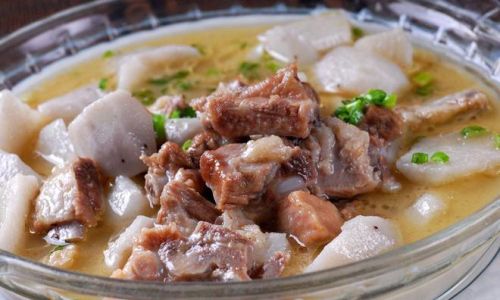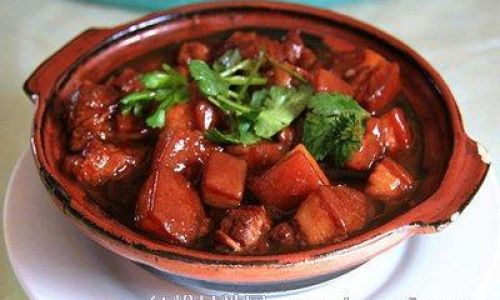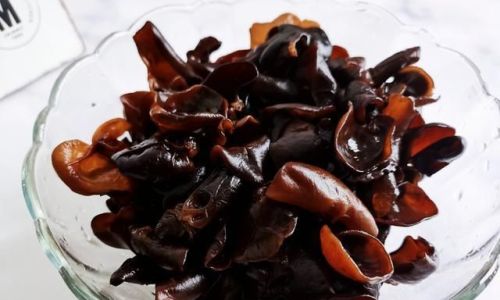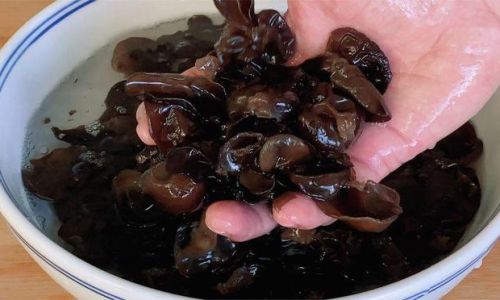Introduction

In the realm of culinary delights, slow-cooked pork stew stands as a testament to the magic that time and patience can weave into a dish. This hearty, flavorful meal is a comfort food staple across many cultures, where tender chunks of pork simmer gently in a rich, aromatic broth, absorbing the essence of herbs, spices, and vegetables. Whether you’re looking to warm up on a chilly evening or impress guests with a homemade masterpiece, learning how to make a perfect pork stew is a skill worth mastering. This guide will take you through every step of the process, from selecting the right cut of meat to achieving that perfect, fall-apart tenderness.
Choosing the Right Pork Cut
The foundation of any great pork stew lies in the quality and type of meat you choose. For stewing, you need a cut that’s both flavorful and capable of holding up to long, slow cooking without drying out. Some of the best options include:
- Pork Shoulder: Known for its marbling and fat content, pork shoulder becomes incredibly tender and flavorful when cooked low and slow.
- Pork Belly: While often associated with bacon, pork belly can also be a fantastic choice for stew when cut into chunks, offering a rich, fatty texture that melts in your mouth.
- Bone-In Pork Ribs: The bones add depth of flavor to the broth, and the meat around them tends to be more flavorful and moist.
When selecting your pork, look for cuts with a good balance of fat and lean meat, as the fat will render during cooking, adding moisture and flavor to the stew.
Preparing the Ingredients
Before you begin, gather all your ingredients. Besides the pork, you’ll need:
- Aromatics: Onions, garlic, carrots, celery, and perhaps a bay leaf or two for that classic stew aroma.
- Liquid: A combination of broth (chicken or beef), red wine (optional for added complexity), and possibly a splash of vinegar or tomato paste for acidity.
- Seasonings: Salt, pepper, thyme, rosemary, and paprika can all enhance the stew’s flavor profile.
- Thickeners: If you prefer a thicker stew, you might use flour, cornstarch, or even mashed potatoes to thicken the broth at the end.
The Cooking Process

-
Searing the Meat: Start by seasoning your pork chunks generously with salt and pepper. Heat a large, heavy-bottomed pot or Dutch oven over medium-high heat with a bit of oil. Sear the pork pieces until they’re browned on all sides, creating a flavorful fond on the bottom of the pot. This not only locks in juices but also adds layers of flavor to your stew.
-
Sautéing Aromatics: Remove the pork from the pot and set it aside. Lower the heat and add chopped onions, carrots, celery, and garlic to the pot. Sauté until the vegetables are softened and starting to caramelize, about 5-7 minutes. This releases their natural sugars and deepens their flavors.
-
Deglazing: Pour in your liquid – broth, wine, and any acidic components like vinegar or tomato paste. Use a wooden spoon to scrape up the browned bits from the bottom of the pot, incorporating all that delicious flavor into your stew base.
-
Adding Seasonings and Pork: Return the seared pork to the pot, nestling it into the vegetables and liquid. Add your herbs and spices, making sure they’re submerged for even flavor distribution.
-
Simmering: Bring the stew to a gentle simmer, then cover and reduce the heat to low. Let it cook slowly, ideally for several hours. The exact cooking time will depend on the size of your pork pieces and personal preference for tenderness, but 3-4 hours is a good rule of thumb. If you’re using a slow cooker, set it to low and let it go for 6-8 hours.
-
Checking and Adjusting: Periodically check the stew, stirring occasionally to prevent sticking and ensure even cooking. Taste the broth and adjust seasoning as needed, adding more salt, pepper, or herbs if necessary. If the stew becomes too thick, you can add a bit more broth; if it’s too thin, let it reduce further or use a thickener.
-
Finishing Touches: Once the pork is tender and practically falling apart, your stew is nearly ready. If desired, you can add a final flourish with a handful of fresh herbs like parsley or chives, or a squeeze of lemon juice for brightness.

Serving Suggestions
Pork stew is incredibly versatile and pairs well with a variety of sides. Serve it over mashed potatoes or creamy polenta for a hearty, satisfying meal. Rice, noodles, or even crusty bread can also make excellent accompaniments. For a more rustic touch, try it with dumplings or biscuits that cook right in the stew, absorbing all those delicious juices.
Storage and Reheating
Leftover stew can be stored in an airtight container in the refrigerator for up to 3-4 days or in the freezer for several months. When reheating, do so gently over low heat, adding a splash of broth if needed to maintain moisture.
Conclusion
Making a slow-cooked pork stew is not just about following a recipe; it’s about creating a culinary experience that nourishes both the body and soul. With patience, the right ingredients, and a bit of love, you can transform simple pork and vegetables into a rich, comforting dish that brings people together. So, gather your ingredients, fire up that pot, and let the aroma of a perfectly stewed pork fill your home – it’s a journey worth taking.






0 comments